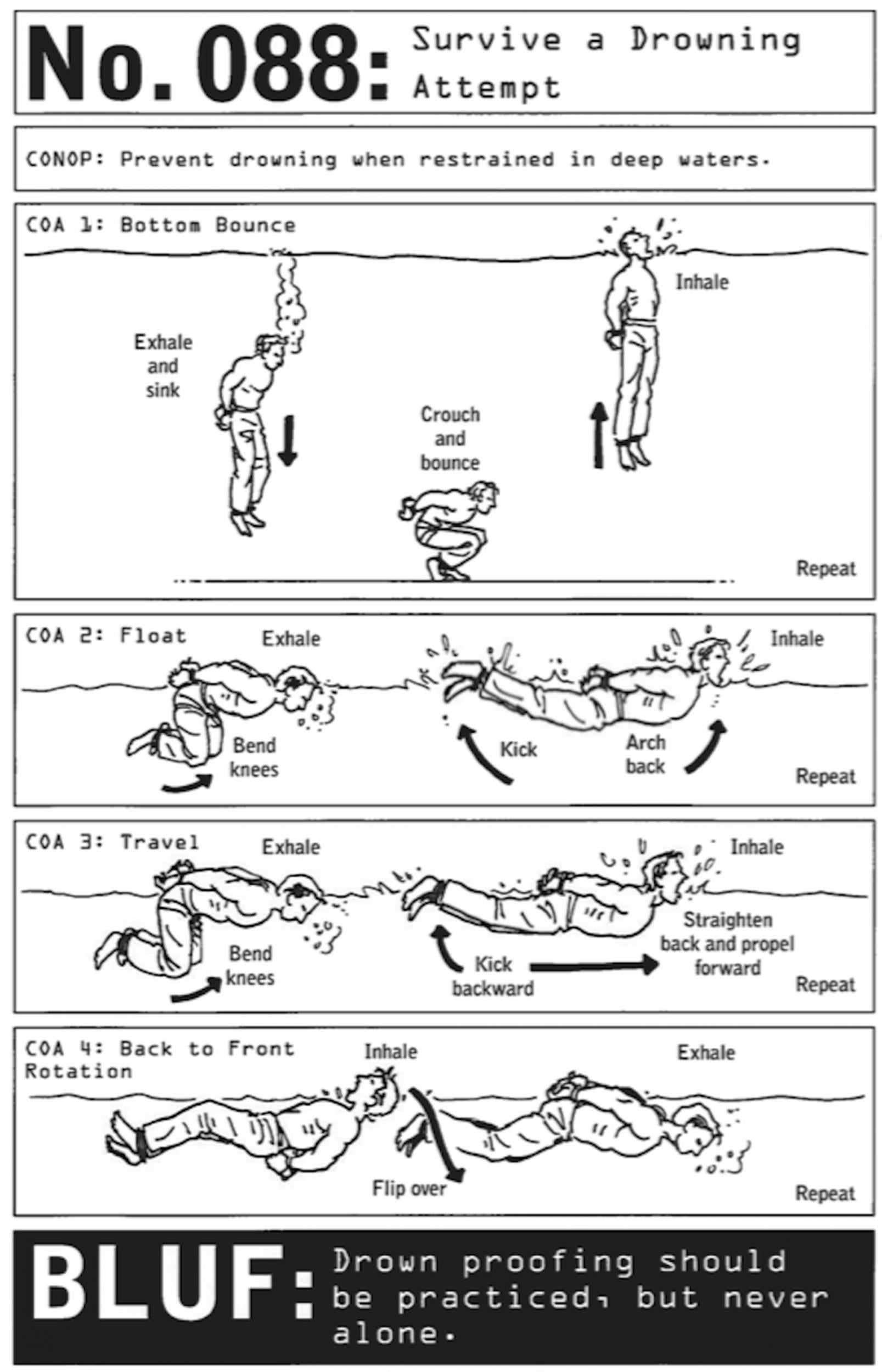A retired Navy SEAL explains how to survive a drowning attempt
When it comes to self-preservation in water, the key to survival is breath control

Your support helps us to tell the story
From reproductive rights to climate change to Big Tech, The Independent is on the ground when the story is developing. Whether it's investigating the financials of Elon Musk's pro-Trump PAC or producing our latest documentary, 'The A Word', which shines a light on the American women fighting for reproductive rights, we know how important it is to parse out the facts from the messaging.
At such a critical moment in US history, we need reporters on the ground. Your donation allows us to keep sending journalists to speak to both sides of the story.
The Independent is trusted by Americans across the entire political spectrum. And unlike many other quality news outlets, we choose not to lock Americans out of our reporting and analysis with paywalls. We believe quality journalism should be available to everyone, paid for by those who can afford it.
Your support makes all the difference.In this excerpt from 100 Deadly Skills: The SEAL Operative's Guide, retired Navy SEAL Clint Emerson explains how to survive a drowning attempt.
When an operative is captured in hostile territory, the odds of survival are low.
Instead of being taken to trial, he will likely simply be made to "disappear" — which is why operatives practice escaping while wearing undefeatable restraints on hands and feet, both in water and on land.

Tied up, thrown into open waters, and left to drown to death, the well-trained operative still has recourse to a few skills that can help extend his life until he is found or reaches solid ground.
When it comes to self-preservation in water, the key to survival is breath control. With the lungs full of air, the human body is buoyant — so deep breaths and quick exhales are key.
Buoyancy in freshwater is more challenging but still achievable. Panicking, which can lead to hyperventilation, is the number-one enemy to survival.
Restraints and body positioning may make breathing a challenge, but repositioning is always within the Nomad's grasp. In shallow waters, use a sinking and bouncing approach (see diagram below) to travel toward shore, ricocheting off the seabed or lake floor up to the surface for an inhale.
When facing down, whether floating in place or using a backward kicking motion to swim to shore, the operative should arch his back in order to raise his head above water.
In rough seas, this may not give him enough clearance to get his head out of water. Instead, a full body rotation will allow him to take a deep breath and then continue traveling forward.
Republished with permission from 100 Deadly Skills: The SEAL Operative's Guide to Eluding Pursuers, Evading Capture, and Surviving Any Dangerous Situation by Clint Emerson. Copyright © 2015 by Escape the Wolf, LLC. Reprinted by arrangement with Touchstone. All rights reserved.
Read more:
• Soon people won't be able to afford rent in the UK
• SpaceX makes history with orbital rocket landing
• What it's like living 16,000ft above sea level
Read the original article on Business Insider UK. © 2015. Follow Business Insider UK on Twitter.
Subscribe to Independent Premium to bookmark this article
Want to bookmark your favourite articles and stories to read or reference later? Start your Independent Premium subscription today.
Join our commenting forum
Join thought-provoking conversations, follow other Independent readers and see their replies
Comments